by ONE2ONE TeamGet up a ton of shots in just five minutes with Iona Shooting 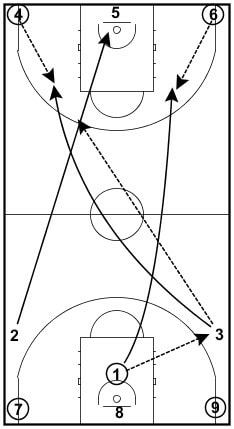 We’re reaching that time of the season… you’ve already played everyone in your league once, the games keep coming thick and fast, and your training sessions also now factor in elements of the scouting reports you have on your opponents, and the new wrinkles you want to add to your playbook. The sacrifice which almost always gets made when time gets limited? Making shots. As the season wears on, it’s not uncommon for shot-making and skill development to take a less prominent role in team training sessions – and that’s why we love the Iona finishing drill, because it allows your team to get a LOT of shots up in just five minutes. All you need to run the drill is nine (or more) players and five basketballs. The drill runs for five minutes, with the aim of making >100 baskets in that time. It’s run as a two-pass three-man weave on the break – with one layup and two jump-shots attempted for every trip up the court. We’ve run this with teams varying from U14’s up to Seniors, and think it’s a great way to get a lot of shots up quickly. You can also tweak the drill by specifying finishes at the rim, designating areas for the shooters to shoot from, etc. and because it’s so customisable, it’s something that can fit into just about any training session. Let us know how you get on with the Iona Drill – and check back with us for more drills in the future. Don't forget, you can now purchase our session plans from our store... If you sign up to our mailing list, we'll send you regular emails featuring our latest blog posts, drills and more - and you'll receive a code for 10% off at the ONE2ONE BASKETBALL STORE By ONE2ONE TeamWe catch up with our elite skills trainer, Coach Ross Norfolk... 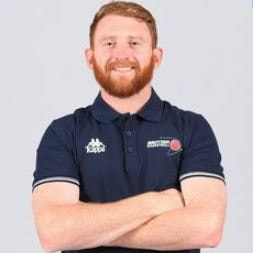 Why did you get into coaching? I started coaching in the community when I was 16 years old - I was an intern for Colchester Jammers and coaching in local primary schools. From there I completed my Degree in Sports Management and got the opportunity to work as an Intern for the Great Britan U20’s squad under a mentor of mine, Mark Lloyd. I continued to work for the national team each summer, attending the 2013 Eurobasket as an Assistant Team manager, then progressing as the team manger for the GB U20’s at the 2014 Division A championship and finally finishing as the Team Manager for the Senior men at the 2017 Eurobasket in Istanbul. During the domestic part of the season, over the last 10 years I have helped develop the Colchester Basketball club whilst coaching Men’s basketball at the University of Essex and at Seevic College. What moment from your coaching career to-date are you proudest of? One of my proudest moments was working at the 2017 Eurobasket. Hearing the national anthem before a game in front of thousands of people always gives me goosebumps! Being surrounded by highly experienced staff and elite level players also allowed me to continue to develop my basketball knowledge. What film, podcast or book would you recommend to players or coaches? I have a few books and Podcasts I would recommend; Books: 1. “Wooden : A lifetime of reflections on and off the court” 2. “ The Gold Mine Effect” - Rasmus Ankersen 3. “ Atomic Habits” - James Clear Podcasts: 1. “ Coaching U Podcast” 2. “The Basketball Podcast” 3. “Way of Champions” What do you do when you’re not around basketball? When I'm not around basketball (which isn't very often), I play golf and spend time with my family! by Arron MacDonaldCoach MacDonald is known for his belief in developing players as better leaders and team-mates, here he takes a quick dive into a podcast which threw a couple of ideas forwards to help improve the culture on your team... 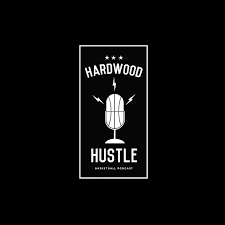 Just a quick post from me today… I heard an excellent podcast recently from the Hardwood Hustle, and there were two compelling ideas from it which really stuck with me – and I had to immediately pass on to the teams I’m working with:
I don’t want to take too much away from the podcast, as it’s excellent, but just to dive-in for a moment on my two key takeaways. “Beat the coach” was focusing on one key interaction that every coach and player can relate to… something isn’t going right in training, and the coach blows the whistle to talk to everyone about it. They simply asked, “Why?” Why is it that players don’t make a habit out of beating the coach to the whistle to attempt to fix the problem themselves? As they dived into this, I couldn’t help but reflect on my leadership style and the teams I’ve coached, and while I’ve always tried to empower players to be leaders, I’ve found the same problems repeating themselves:
The guys on the Hardwood Hustle dived into some of this, and suggested something which I’d never heard before – but I’ve already stolen from them (with pride). They suggested addressing the players to tell them to focus on three key areas of communication only:
Again, I don’t want to take too much away from the podcast, and the way the first two points were explained were really compelling… but it’s the third I was drawn to… Echoing a team-mate or coach who’s trying to move the leadership situation forwards within a team setting is a vital way of showing that you support them, and that you’re a good team-mate. It can also stop the leaders in the team from suffering with leadership burnout. I was fortunate enough to be in a session with the Colchester Basketball Academy on the same day I’d heard the podcast, and Coach Sadler was kind enough to allow me the opportunity to share this with the team. Not only did the noise levels go up in that training session, so too did the energy and the focus. The next day, they put on their performance of the season to-date, in a convincing win in the Academies League. While I’m not suggesting that the focus on their communication was the primary difference-maker in the game, I can say the word I heard the most throughout the game was “echo”, as the leaders in the team used the phrase itself as a reminder to ensure that the team were in-sync on both ends of the floor. It was great for me personally to see that kind of impact immediately, and it’s a message I’ve already passed along to two other teams I work with – to positive impact. I’d recommend listening to the podcast with a notepad to hand – and good luck implementing this with your team - and don't forget, we offer Leadership and Teamwork mini-camps where this is just one of the exercises we run with your team - if you'd be interested, please get in touch! By Tom SadlerCoach Sadler shares how to structure your off-season development programme... The Basketball season schedule is becoming more and more hectic every year. Junior players representing many different teams and sometimes across multiple age groups while senior players being asked to play more games and more minutes than ever before. This can make a season gruelling, long and very fatiguing. Then when the season is finally over our coaches will tell us how important the off-season is. After everything we’ve just done, and all the hard work we’ve put in, we know that the coach is right. Some of us will indeed take a short time to rest but we know as soon as that time period is over we need to get back in the gym, we need to hit the weight room and we need to be in better condition, better shape and be better players’ in time for next season. Though a daunting task and often a hard process the off-season is so important. As mentioned with the ever-growing demands of an in-season schedule we need to make the most of our time off so that we are ready by the first tip-off of the new season. Therefore, it’s incredibly important that we get it right. This is where a structured off-season programme can help any player cope with those increased in-season demands. The easiest way to make sure we get it right is to do one thing; plan. Planning and structure can be the difference between a productive off-season and a wasted off-season. Coaches and players will organise their training weeks and schedules around fixtures and practices during the season, and even though the fixtures for a lot of us have finished you should approach the off-season with the same detail you would as in season. One thing we sometimes find less time to do during the season is rest. Our strength and conditioning coaches sometimes find it very hard to accept we don’t find time for this incredible important element of a training schedule but they are also realists. They know the basketball season, as most other team sports seasons, is incredibly hard to manage from a coaches’ and players’ perspective, particularly making sure every player gets the rest they need. There’s so much that needs to be done in such a short period of time. Recovery is arguably the most important element of any training regime. Our body’s make their adaptations and improvements when resting and as mentioned with the busy world of the basketball season managing this rest becomes more and more of a struggle, particularly if your club does not have on hand a professional medical or sports science team. This is another reason why the off-season is so important because in the off-season we are lucky enough to have more than enough time to plan our training day, week and month. This means that if you work hard for a certain period of time you can schedule the appropriate rest period to make sure you get the most out of what you’ve just done in training. Below we’ve put an easy way to manage this over a four-week period. We’ve used a 2 days on/1 day off approach. Though not necessarily scientifically sound a full 24 hours can be a good amount of time to let the body recover. And to even be on the safe side and make sure we are not over doing it every 3rd series of this sequence is have 2 days off. An Example 4 Week Training Block If you start your off-season work early enough there is more than enough time to make sure you have worked on any weaknesses you may have before the new season tips off. You could get at least 2 or 3 of these 4 week blocks in over a long summer, and however many sessions and weeks you decide to get in at least you’ve put a simple plan in place in order to maximise improvement but also maximise recovery.
One thing to add is that these recovery days don’t always mean you don’t do anything, it just means lower the intensity from that of a normal training day. For example, some of the players we have worked with are insistent on getting on court as many times as they can in the off-season so when they are due to rest we restrict them to static shooting or free-throws. The same can occur in the weights room. If on a rest or recovery day the sessions will either be a stretching session or some form of recovery cardiovascular work like low level cycling. In fact, active recovery can be very beneficially, particularly in well trained players, however it is important that you are strict on lowering the intensity if this is the route you decide to take. Above all else is it of most importance that you listen to your body. You don’ have to fight through it in the off-season, there’s no fixtures, no team coaches looking over you, it’s just your opportunity to get the most out of each session, that’s how we get better. A fatigued body can’t possibly maximise training sessions and while we need to train hard we have to train smart. As always it is important to vary your training but without losing the fundamental goal of becoming a better basketball player. It is very easy in the off-season to make the weights room your home and even though ONE2ONE is a programme that has dedicated strength and conditioning professionals who will always preach the importance of the weights room this should not supersede the work you put in on the court. What good is a structured S&C programme if you aren’t putting in the work to improve at the sport you are trying to perform? These two elements should coincide with one another and a structured plan can help any player get the most out the off-season and ready for the start of the next. If you'd like to work with a ONE2ONE Coach to aid your development this off-season, get in touch. By ONE2ONE TeamFind all of our drills in one place... With over 300 drills split across a number of skills and sorted by group size (Individual, Small Group or Team), the Drill Bible is another of the new innovations from ONE2ONE BASKETBALL, aimed at helping players and coaches to save time in finding new drills for their session, and focus on their development. "This first Drill Bible was a real labour of love for all of us" said Director Tom Sadler. "We wanted to ensure that we were offering players and coaches great value, whilst also sharing a number of the drills we use to develop our players." "Again, a massive thanks has to go to Coach Arron MacDonald - having balanced work, family and basketball for so long, he really understands first-hand the challenges facing most of the coaches out there, as well as how hard it is to find a single point of reference that you can use throughout the season." Coach MacDonald added "While it's important for players and coaches that they have a properly thought-out and organised session plan for every session, sometimes something out of your control can happen and the session has to change on the spot." "We've had it a couple of times where due to adverse weather, food poisoning or an outbreak of the flu, we've had a session ready for fifteen players, and only had five to work with. It's at those times you need a single point of reference that you can trust to fall back on, with easy-to-understand drills that you can quickly implement for when you have to plan on the fly." The Drill Bible is available for just £20.00 from our webstore, and don't forget, if you subscribe to our mailing list, you'll get a code for 10% off your first purchase! by Arron MacDonaldCoach MacDonald digs down into the various ways to defend the pick and roll... 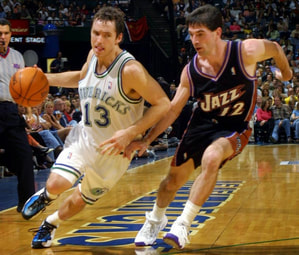 The pick & roll is one of the foremost offensive tactics applied in basketball today at every level of the game, as by executing the pick and roll on offence it causes your opponents to make a decision on the possession – and when there’s any hesitation in that decision-making process, it favours the attacking team. While Stockton & Malone were known for their reliance on it in the 80’s and 90’s, the popularity of this tactic only grew through Mike D’Antoni’s spread pick and roll offence employed with his Suns teams led by Steve Nash, and with the current emphasis on pace and space in the NBA, it’s showing no signs of slowing down any time soon. With the rule changes in youth basketball in England preventing many teams from playing zone for the entire game, it means we’re seeing more pick & roll in youth basketball than at just about any other time. So, when we’re playing against it, how do we stop it? Technically, there’s a few tactics you can employ:
The tactic you’re going to use is going to depend a lot on the personnel you have, and the time you have with your team to work on this, for instance, an NBL Division 1 team is likely to have more time together each week to work on this facet of the game than a local league side. We’ll cover off what each of these means quickly below… 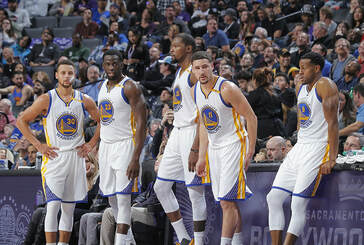 Switching Switching is one of the most commonly-used tactics in defending the pick and roll. Essentially, the two defenders guarding the ball and the screener switch the player that they are guarding at the point of the screen. This can help the defence to guard against direct drives to the basket – as we can keep a player on the ball after the screen. It’s really important to consider the versatility of your players when looking at this coverage. For example, if you have a big who isn’t particularly fleet of foot, employing a switching tactic will likely create an unfavourable mismatch when they switch onto a guard (and likewise if your diminuitive guard is switched onto the opposing team's post behemoth!). It’s also really important to ensure that the players switching are consistent in how they switch. It’s usually easiest to have the player who was guarding the ball go under the screen to contain the roll, while the player switching onto the ball goes over – but not too high, as this can create a driving lane for the ball-handler. 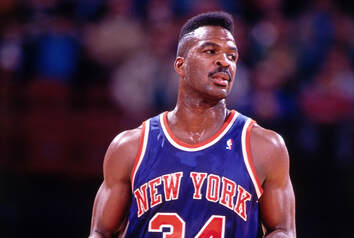 Although switching is the tactic du-jour in the NBA thanks to the ultra flexible “lineup of death” employed so frequently by the Warriors, unless you have a group of defenders of similar size and athleticism as one another, I’d tend to agree with NBA Legend Charles Oakley on the matter (bearing in-mind that Oak spent most of his career with world-renowneded Defensive Gurus Pat Riley and Jeff Van Gundy running his defence); in a recent podcast with Bill Simmons he discussed the recent emphasis on switching screens in the NBA by saying “I don’t like it. Switching is what you do when you can’t defend!” With that in-mind, let’s have a look at some other ways to defend the pick and roll. Hedging Hedging the pick and roll means using the screener’s man to force the ball-handler to change course (away from the basket) as they’re using the screen. It’s most commonly used to defend side pick and rolls, with the screener’s man in stance parallel to the sideline, with one hand on their man’s shoulderblade – ready to jump out and divert the ball-handler away from the basket. By having a hand on the back of the screener, you’re preventing a gap for the ball-handler to split the hedge. After the hedge, they have to recover back to their man. On the ball, the defender can either go under or over the screen, which is a decision for you to make based on the speed of your player and opponent, and their ability to shoot from range. At lower levels, players tend to go under screens to “get back” and protect against the drive. At higher levels, where the players are more likely to connect from three, most coaches will want players to go over the screen. Again, when you’re considering this as an option, it might not be for you if your bigs aren’t particularly agile – as they’ll be prone to collecting fouls on the perimeter, having the ball-handler blow by them, or having the screener quickly slip to the basket for an uncontested score… all of which aren’t desirable outcomes for the defence! Blitzing Blitzing the screen is a tactic whereby both the defenders switch to the ball-handler at the point of the screen, looking to pressure and trap. This is a useful tactic against a score-first guard, and I’ve often seen it employed in younger age groups – where there tends to be one more dominant player on a team. A plus side of using this tactic is that you force the ball-dominant scorer to either make a pass to one of their (weaker?) team-mates, or to take a bad shot in an overload. Unfortunately, it also means that the rest of your team is defending 3v4 – so in order to execute it, your help defence and defensive communication will need to be well-drilled. As with both switching and hedging, a slower big can be your downfall in using this tactic – as again they are apt to be late into the trap, pick up fouls, and leave your team at a disadvantage defensively. 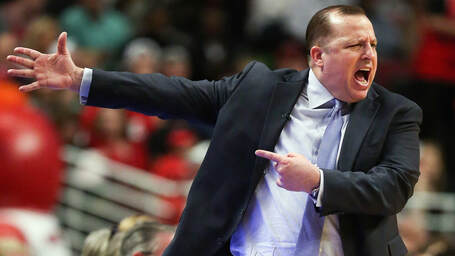 Icing If you watched a lot of Coach Tom Thibodeau’s defences over the past decade, you’ll have heard the word “ICE” bellowed out almost constantly. Thibs’ tactic is becoming more and more commonplace across all of basketball – and is particularly useful when your side has a slower big. Essentially, the "ICE" tactic is just pushing the ball to the sideline. When Icing the pick & roll, the ball-handler’s man is pushing them to the side by getting nose to high shoulder, looking to negate the screen. If they can't negate the screen, they're looking to stay on them through contact – or recover back to them as quickly as possible. The screener’s man sags in a direct line between the ball and the basket (for instance, on a side pick and roll, they’re often a step away from the block, towards the ball). Again this defence requires great help defence, as common counters include a corner to wing lift (often into a second action), or running a pistol action (a handoff to a wing followed by a quick trailing screen on the ball) to confuse the coverage. Essentially, off the ball, when your team is in ICE, you’re almost in a zone, getting weak-side players back to the nail and smile. The ICE tactic is susceptible to allowing open long/mid-range jumpshots from the screener, but that’s often a low percentage shot anyway – so some coaches are open to giving this up (rather than a layup). Whatever tactic you choose to apply in your pick and roll defence, we believe that it must be taught in three layers:
On-ball What is your on-ball defender doing? Are they showing to the sideline? Are they steering away from the screen? Are they going over or under on contact? Screener’s Man Next factor in what the man guarding the screener is doing? Are they looking to switch? Hedge? Blitz? ICE? No matter what they’re doing, they have to communicate the screen to their team-mate early and clearly! Everyone Else Where do you want weak-side defenders? Are we allowing the ball to be fed into a post, or the short corner? Whatever tactic you employ, defensive communication is a pre-requisite for any good defensive team, there is simply no such thing as a "good" defence which is also "quiet". By thinking about, teaching and building your defence in these three layers – while considering how appropriate your tactic is for your personnel and reiterating the importance of effective player-to-player communication - it’ll give you the best chance of being successful in defending the pick and roll. We have a number of drills available to assist you in defending the pick and roll in our Drill Bible, which is available here (and remember, by signing-up for our Mailing List, you'll receive 10% off your first order in our store). Alternatively, if you’d like a ONE2ONE BASKETBALL coach to come and work with your team on defending the pick and roll, get in touch! By ONE2ONE TeamOur curriculum of session plans are now available! ONE2ONE BASKETBALL are delighted to announce the launch of their curriculum of team training sessions. "There's been a lot of work go into this" said Director Tom Sadler. "We brought Coach MacDonald on-board here because of his understanding of the pressures attached to balancing a career, family and basketball, and he's worked with us to create this curriculum for other coaches - with the aim of easing those pressures." With a range of themed sessions available focused on skill development, ONE2ONE BASKETBALL's curriculum of sessions have been created with the coach in-mind. "I've spent the last few years juggling a career, a young family and basketball" said Coach Arron MacDonald. "While there's a lot of great content out there, it can be difficult to find the time to do the research and pull together session plans - so most of the coaches I speak with fall back on the same handful of drills." "We've worked to create engaging, challenging session plans, with drills that are easy to build from and customise to keep your team engaged and developing; whilst the plans themselves are easily laid out and planned down to the minute." ONE2ONE BASKETBALL pre-released the curriculum of session plans to a handful of coaches, who've given their reviews of the curriculum below: The session plans are available in our store for just £5.00 each, with the full Team Curriculum of 15 sessions available for just £50.00 (reduced from the normal price of £60.00 until 1st June 2019). Don't forget, you can sign up for our mailing list for 10% off your first order in the store, and you can get in touch with us to book a workout with a ONE2ONE BASKETBALL Coach! By Cat LutzCoach Lutz introduces a powerful tool to help you get mentally stronger...  When someone wants to learn something, a skill, task, objective, etc. they usually physically practice it: A basketball player shoots thousands of shots a week, a soccer player works on footwork drills, a tennis player repeatedly works on their serve, a student reads notes, a business person recites a presentation... you get the idea! The practice of these skills and tasks helps us to feel more confident in our ability to complete them successfully and we start to create different forms of muscle memory that we use to recall these learned skills and tasks when they are needed. Now, this type of physical practice will undoubtedly lead to you becoming more successful, but what differentiates those who practice and complete their skill successfully when it is important and those who practice and are unable to complete their skill successfully when it is important? Often, we find that those who have utilized the skill of visualization somewhere along the line (more importantly often and correctly), tend to be more successful come crunch time. Think of some of the big time Olympians who have utilized visualization throughout their career: Andy Murray, Kerri Walsh, Misty May-Treanor, and Lindsey Vonn to name a few. Their use of visualization has helped them gain those extra needed bits to complete their game. Visualization comes back to that old adage by Henry Ford, “Whether you think you can or you think you can’t, you’re right”. Those who see themselves failing, often fail. It’s no surprise then that those who see themselves succeeding, often succeed. Now, don’t mistake visualization as this magical, one time, miracle producing technique. Visualization is a complementing tool that is used in conjunction with the physical work you are putting in. It also needs to be practiced in order to be used correctly. With hard work both physically and mentally, you begin to connect the body and mind into a well-oiled machine bound for success. Sports psychologists utilize the tool of visualization a lot with their athletes. Why? Because it works... when done correctly! So how do you use visualization correctly? First, you start by deciding what it is you would like to visualize. Whatever it is, whether it’s completing a skill, winning a game, getting an award, make sure that it is of you doing something successful! Remember Ford’s quote. If you see yourself failing, guess what? You are going to fail! So, always keep it positive, attainable**, and always successful (I snuck attainable in there because it is no good if you try to use visualization for something physically impossible. I would love to be able to dunk from the foul line…but that isn’t going to happen). After settling on a positive aspect of your game or life that you want to work on, they next part is to try and use all of your senses to create an in-depth and realistic visualization experience. Vision, Hearing, Taste, Smell, and Touch are important. So is adding an emotional aspect. Did you just visualize yourself winning a championship? How does it feel emotionally? Are you excited? Is your heart fluttering? The more details the better! Now it all comes down to practice. Can you stay positive while adding more and more detail to your visualization? Don’t become discouraged if you find yourself having a wandering mind at first. Nor should you become discouraged if you don’t see results immediately. Remember, this is a tool that is the proverbial cherry on the top (your physical practice is the sundae). It will take time to see results, but when you do, it will be noticeable. Don’t think it’s worth your time? It’s all psychological “mumbo jumbo” you say? Ok, but what if I told you there is actual scientific support for visualization? What you imagine (visualize) starts to actually create new neuropathways in your brain! The same as when you are actually completing a skill or task. Visualization can build upon your muscle memory, because as you visualize yourself doing something, your neuropathways are firing and becoming stronger and quicker! Not so much “mumbo jumbo” now is it? Keep in mind that it is not just for learning a skill, visualization can help calm anxiety, build confidence, and mentally focus you, just to name a few more benefits of this mental tool. I know you’ve heard about visualization before. It’s nothing new. Now it is up to you to utilize it to your benefit. So, do you have what it takes to work on your personal visualization habits and make gains in whichever area of your sport or life you want to improve? Here is your challenge: can you take just 5 minutes of your day, for the next week, to practice visualization? Coaches... would you like your team to be mentally tougher and better team-mates? Get in touch with the team at ONE2ONE Basketball today to arrange a "Culture Camp" where our coaches will put your team through their paces on the court and in the classroom, as we work through visualization and other lessons to help your team to thrive! By Adam RobinsonBack in 2015, Adam Robinson of Ipswich Strength & Conditioning gave us an introduction to strength and conditioning. Having since gained experience as part of the GB Programme and as a National League Coach at Ipswich Basketball Club, we thought this was worth sharing again... A player needs to be strong and well-conditioned to perform their sport to the best of their capabilities.
As obvious as it sounds, there are still many players and coaches that do not put this aspect of sport performance at as high a priority as it should be. When talking basketball specifics there are many aspects of a player’s game that can not only be improved and developed by appropriate strength and conditioning programme, but aspects can be maintained at a high level as well. If a player is too fatigued in the 4th quarter to make a shot or to close out on defence, can it be improved by strength and conditioning training? If a player is too slow at moving in different directions in order to stay with an opposing player, can that be improved by strength and conditioning? If a player consistently picks up hampering injuries and niggle that effect on court work, can that be improved by strength and conditioning? If a player’s balance is off when closing out or weak in an offensive post position or always losing out on rebounds, can these all be helped? I would argue yes to all of the above. The above examples hopefully give a broader scope and idea of what strength and conditioning can do for a player. It’s not just the obvious well published benefits of putting on muscle or jumping higher. Strength and conditioning is a broad spectrum of exercise and if programmes are given correctly can improve basketball specific attributes, prevent injuries and teach new skills. The idea of strength and conditioning is to create an all-round athlete which can not only maximise their potential as a sports person but also cope with the environment of competitive sport. You could argue that ultimately, what a player can do with the basketball will mean nothing if their body cannot cope with the demands of the game, and any player who has played the game will know it is a demanding sport. ONE2ONE Basketball will aim to address all of the above through the medium of this website, with helpful exercises, tips and advice. Articles delivered on a consistent basis we will try and help any player improve their game. If you'd be interested in working with ONE2ONE Basketball for your strength and conditioning programme, or to #BoostYourBackpack with a skills workout, just get in touch! ONE2ONE Basketball is pleased to announce a new partnership with the STARTING 5 brand, who provide basketball clothing, along with training and match day uniforms to a growing number of programs around the country. The partnership is heavily focused on creating a basketball specific premium clothing line which will be available through both the ONE2ONE webstore and the Starting 5 website. Toni Loundes of Starting 5 had this to say about the budding partnership "We've been working with ONE2ONE on creating a professional range at an affordable price point. We're looking forward to introducing ONE2ONE Basketball to the wider basketball community." ONE2ONE Director Tom Sadler added "Once we knew that we wanted to create our own clothing line, the first people we wanted to speak to were Starting 5, and we couldn't be happier about the launch of the range and are looking forward to collaborating further with Starting 5." |
Archives
June 2019
|


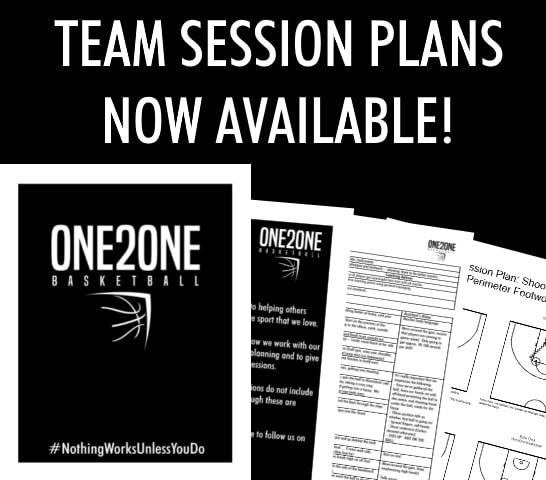
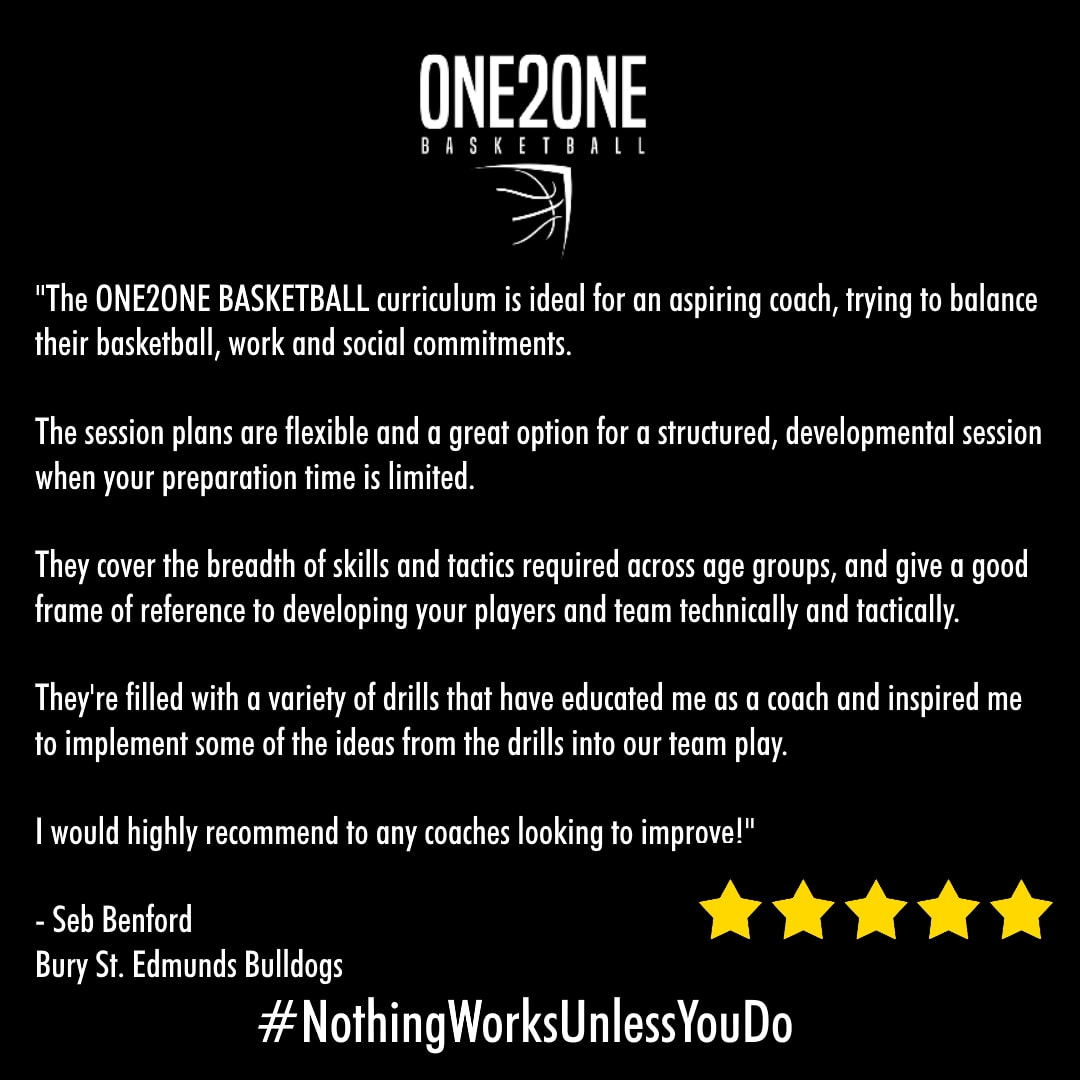
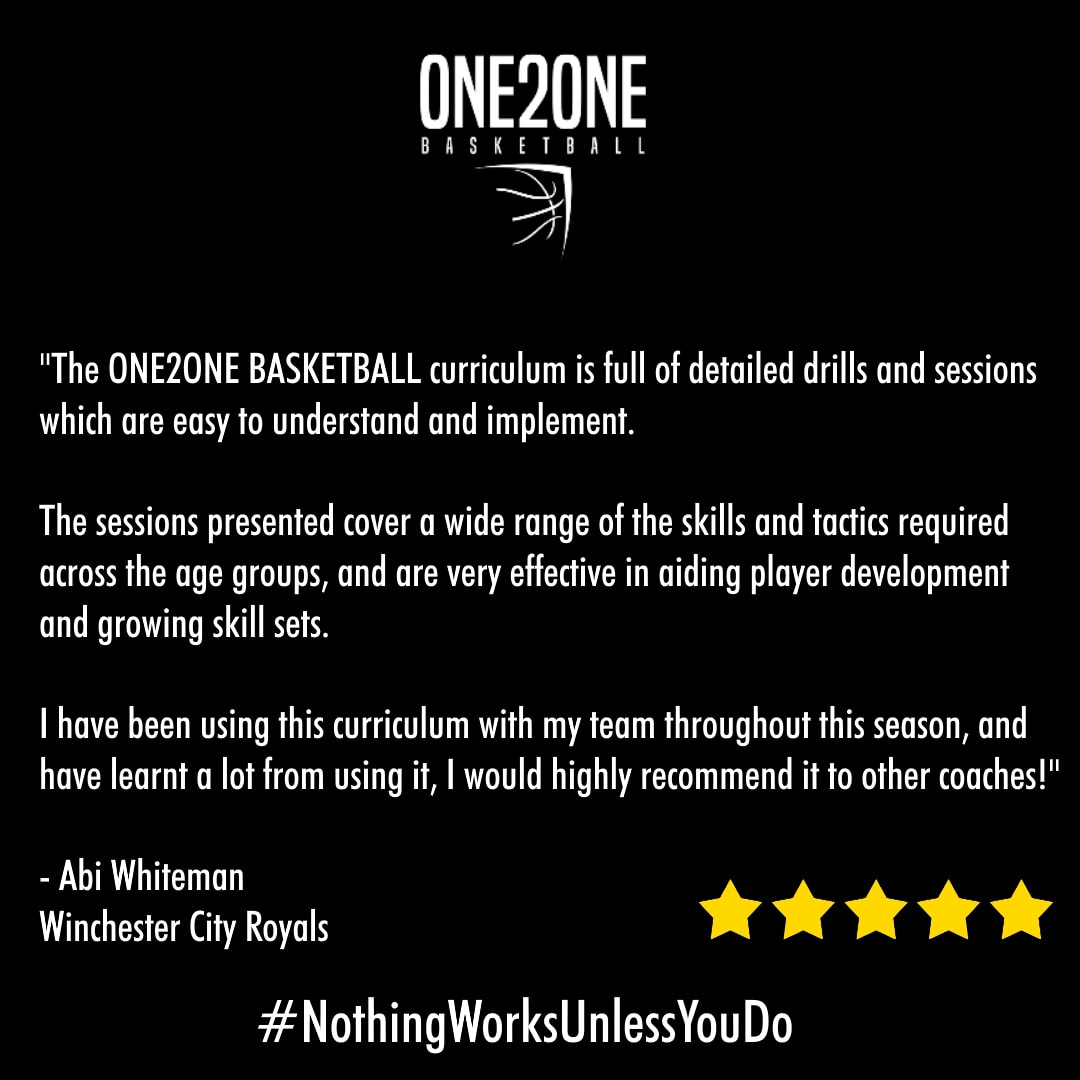
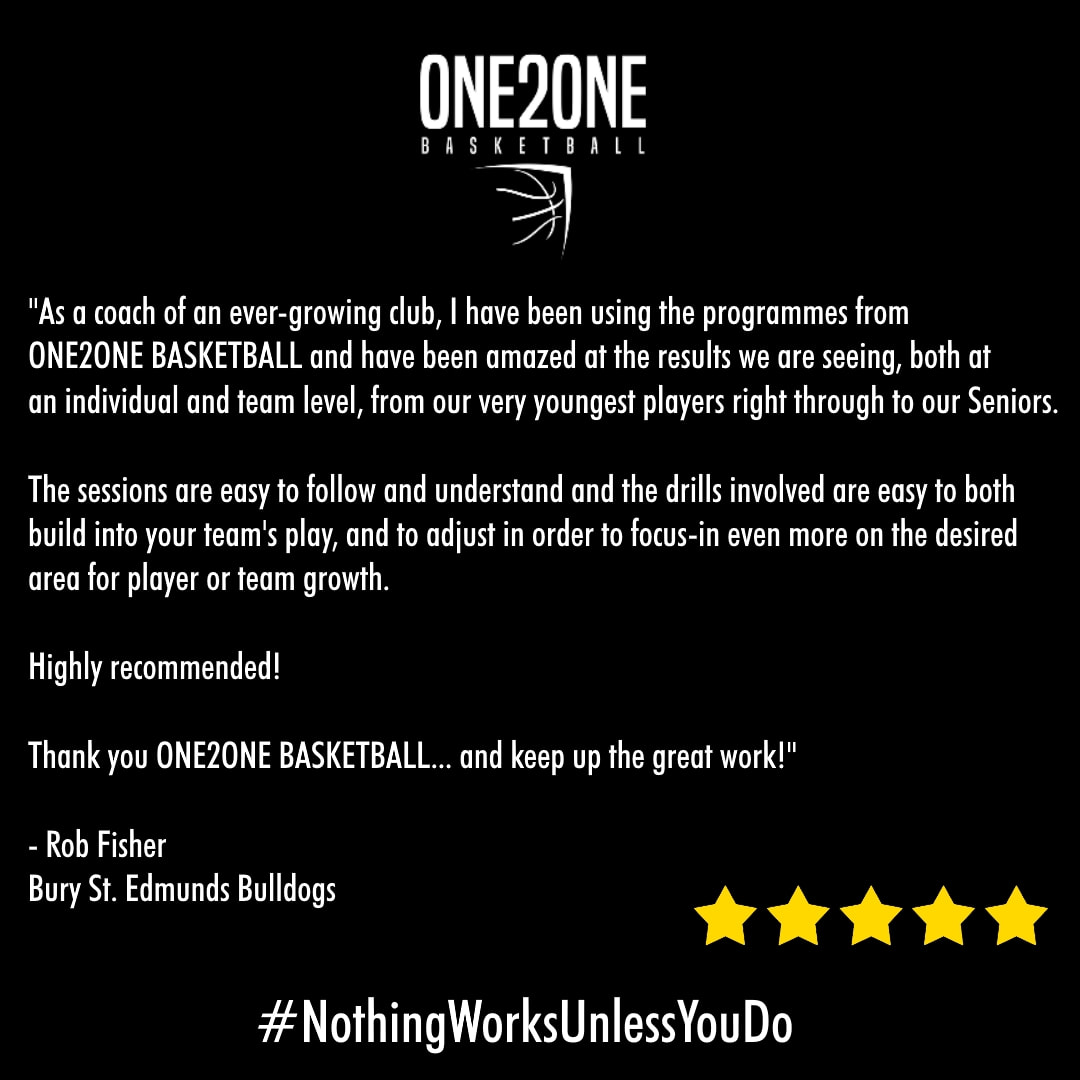
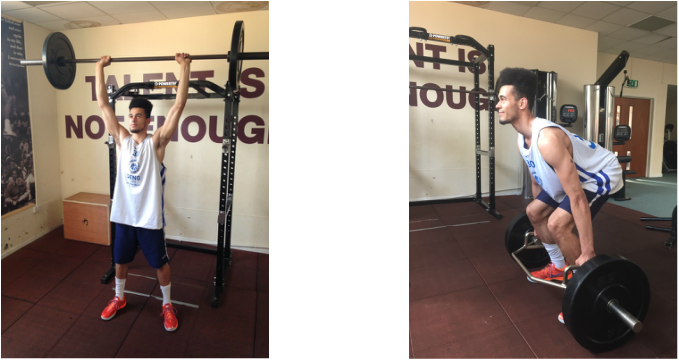
 RSS Feed
RSS Feed